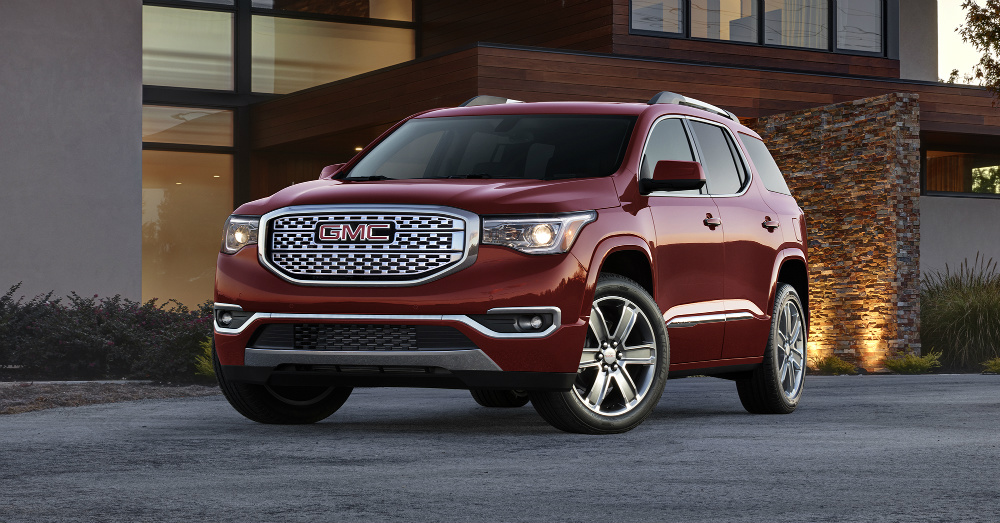Are you someone who loved or loves to make car, plane or boat models? Do you remember heading to the hobby shop in order to find the right glue, perfect color of paint or to pick out the new model you’d be working on that week? I certainly do and although I probably sniffed more than my fair share of this glue it was always a joy of mine to see when a model came together to look great and in some cases even roll across the floor. While this was and still is a fun hobby, it seems one automaker is taking this idea to the next level.
The creation of parts for airplanes using glue and epoxy for the adhesion needed isn’t a new process. Since 2009 Boeing has used a type of superglue on its Dreamliner airplanes to help create parts that are lighter than their counterparts and require less maintenance than most others. This has resulted in the Boeing Dreamliner being one of the most commercially respected airplanes in the business and it all due to the weight loss that’s achieved by using advanced construction adhesive rather than bolts and welds to hold the planes together.
It seems one automotive company is doing the same thing with at least one of their vehicles. General Motors has applied this technology to the assembly of their new GMC Acadia and the results are remarkable. Overall the Acadia has lost 700 pounds and is able to be more efficient than before with 23 mpg versus the 18 it used to achieve. The change in the Acadia was so slight the steel was only about the width of a human hair in the difference of the thickness, but once you consider the amount of steel needed you can see a massive difference in weight.
The process of making these parts is done by using carbon fiber that’s been treated at a very high heat and infused with epoxy resin. The resulting compound is a composite plastic that’s tough and light which can then be used to make the parts needed. This plastic appears to look a lot like black duct tape and by layering this on top of each other around a molding of the part needed a part can be formed after its been put through an autoclave which helps to make the layered resin part harden further.
Now that GM has perfected this process with their steel and proven the steel can still be as strong as the older materials it’s only a matter of time until they decide to use this process in all their vehicles. Seeing vehicles become lighter helps to reduce the size of engine needed to achieve the same power output as before. This also makes it possible for the current models to be more fuel efficient as we see with the Acadia. While it may seem like GM is just sniffing their own glue, the results are nothing to sneeze at and appear to be ready to revolutionize the building of vehicles once again.
This post may contain affiliate links. Meaning a commission is given should you decide to make a purchase through these links, at no cost to you. All products shown are researched and tested to give an accurate review for you.
